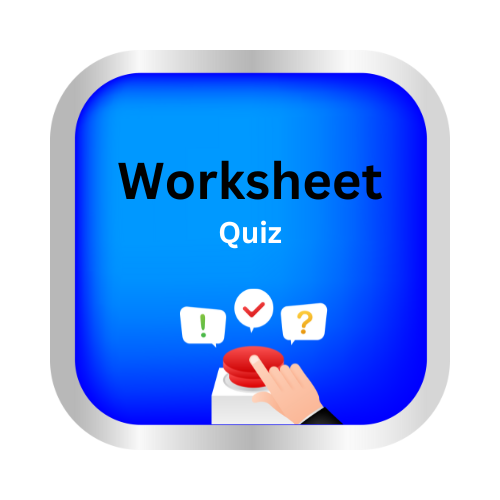Use the correct pair of correlative conjunctions
Key Notes:
🌈 Use the Correct Pair of Correlative Conjunctions ✨
| What are Correlative Conjunctions? |
- Correlative conjunctions are pairs of words that work together to join ideas in a sentence.
- They always come in pairs and show a relationship between two parts of a sentence. 💡
Examples:
| Pair | Example Sentence |
|---|
| both…and | She likes both 🍎 apples and 🍌 bananas. |
| either…or | You can either play ⚽ football or 🏀 basketball. |
| neither…nor | He is neither tired 😴 nor hungry 🍽️. |
| not only…but also | She is not only smart 🧠 but also kind 💖. |
| whether…or | I don’t know whether to stay 🏠 or go 🏞️ outside. |
| as…as | This bag is as heavy 👜 as that box 📦. |
1. Always use both words together.
- ❌ Wrong: I like both apples.
- ✅ Correct: I like both apples and oranges.
2. Make sure the sentence parts joined are similar in type.
- Example: nouns with nouns, verbs with verbs.
- ❌ Wrong: She likes both singing 🎤 and to dance 💃.
- ✅ Correct: She likes both singing and dancing.
3. Place the first word before the first item and the second word before the second item.
4. Check for negatives with neither…nor.
| Common Mistakes to Avoid ❌ |
- Using only one part of the pair.
- Mixing different types of words (noun with verb, adjective with adverb).
- Forgetting punctuation when needed.
| Correlative Pair | Used For | Example |
|---|
| both…and | Joining two positive ideas | Both 🐱 cats and 🐶 dogs are cute. |
| either…or | Giving a choice | You can either eat 🍕 pizza or 🍔 burger. |
| neither…nor | Joining two negatives | I have neither pen ✏️ nor pencil ✒️. |
| not only…but also | Emphasizing | She is not only brave 🦸 but also clever 🧩. |
| whether…or | Showing possibilities | I can’t decide whether to read 📖 or draw 🎨. |
- Think of them as “friends who always come together”.
- If you see both, you must look for and.
- If you see either, you must look for or, and so on. 🤝
| Example Sentences to Practice ✍️ |
- I want either tea 🍵 or coffee ☕.
- He is neither late ⏰ nor absent 🚫.
- We visited both the zoo 🐘 and the aquarium 🐠.
- She is not only talented 🎨 but also hardworking 📚.
- I don’t know whether to laugh 😆 or cry 😢.

